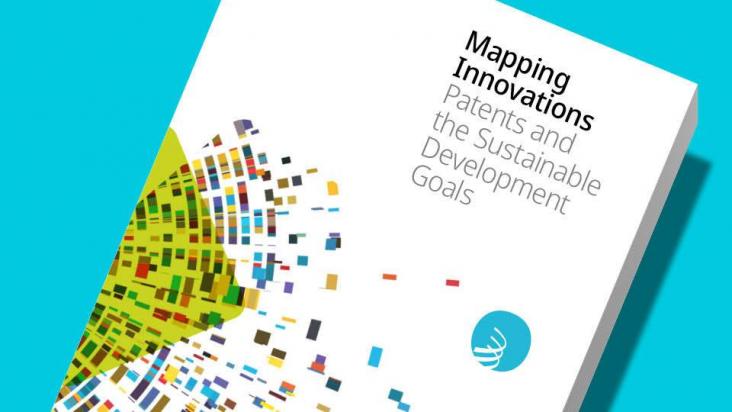
The most significant threat to environmental components is the alarming increase of micro- and nano- plastics (MNPs) within the ecosystem. Among the several remediation techniques available to date, microbial remediation showed better promise to degrade or sustainably remove MNPs from the environment. Microorganisms have evolved genes that impact changes in plastic pollutants under stable ecophysiological processes that depend on biotic and abiotic elements.

The use of integrated production systems is widespread, mainly in tropical areas. This practice could contribute to soil conservation, increasing biodiversity and environmental services while reducing greenhouse gases emissions.
As climate is changing ecosystems, how to do alter our goals for conservation
The article highlights the rapid spatial succession and increasing community complexity in glacier-fed ecosystems, revealing the adaptive responses of organisms to environmental changes.
A study of the Yangtze River revealed that labile dissolved organic matter and nitrogen inputs significantly influence the spatiotemporal variations of dissolved greenhouse gases, with observed concentrations lower than the global average but showing an increasing trend in N2O levels from 2004 to 2018, underscoring their importance in global GHG emissions and budget estimations.
This chapter advances Goals 13 and 9 by examining the effects of climate change and the relationship with the Arctic based on the perspective of professionals working on climate change and Arctic issues.

This comprehensive report produced by World Intellectual Property Organization (WIPO) presents an extensive analysis of patents mapped to the United Nations Sustainable Development Goals (SDGs).
Radiative cooling reduces the need to actively cool buildings in hot climates. This paper reports the use of droplets and wrinkles on a surface to increase the performance of radiative cooling coatings, which can be generated using a commercial spray gun.
This study has provided a spatial view of the temporal trends in gregarization in the CLCPRO countries since 1985.
The paper highlights the interconnectedness of public health crises, such as pandemics, with biodiversity loss and climate change, as increased demand for materials to combat infectious diseases exacerbates environmental pressures, posing a threat to global sustainability and biodiversity.
